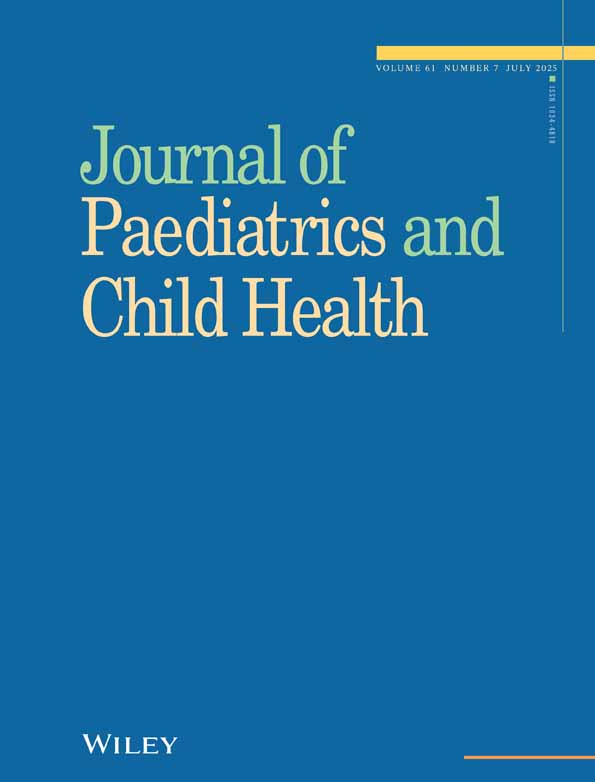Farm and tractor-related fatalities in children in South Australia
Abstract
Objective:
To analyse the circumstances surrounding farm and tractor-related childhood fatalities in South Australia, to identify potentially dangerous situations and to delineate prevention strategies.
Methods:
A retrospective search of files was conducted at the Women’s and Children’s Hospital Department of Histopathology from 1981 to 1996, and the State Coroner’s Office from 1988 to 1996.
Results:
Fifteen fatalities were identified comprising 11 boys and four girls (age range, 2 years 11 months to 13 years; average, 6 years). Activities prior to death included riding on a tractor/trailer (n=8); playing near a field grain storage bin (n=2); playing near machinery (n=2); sleeping in a car near a burn off (n=1); walking around a dam (n=1) and riding as a passenger on a motorbike (n=1). Causes of death included multiple skull fractures and cerebral damage (n=11), asphyxia (n=2), drowning (n=1) and incineration (n=1).
Conclusions:
The most dangerous activity involved children riding unrestrained on tractors; falls resulted in extensive injuries from tractor rear wheels or towed machinery. Allowing children on farms to ride on tractors or machinery only if there is a safe seat with a restraining harness would substantially reduce the number of fatal farm-related childhood injuries in South Australia.




